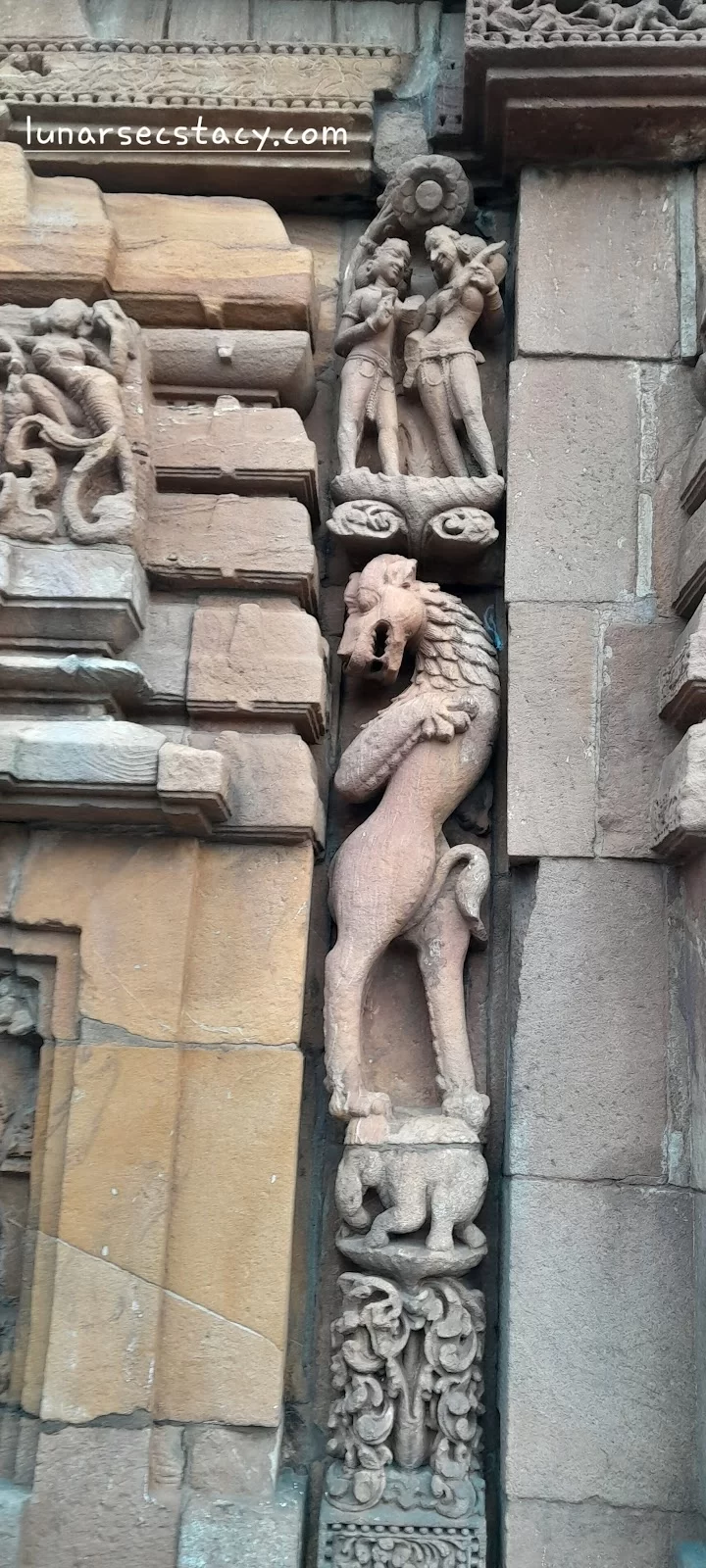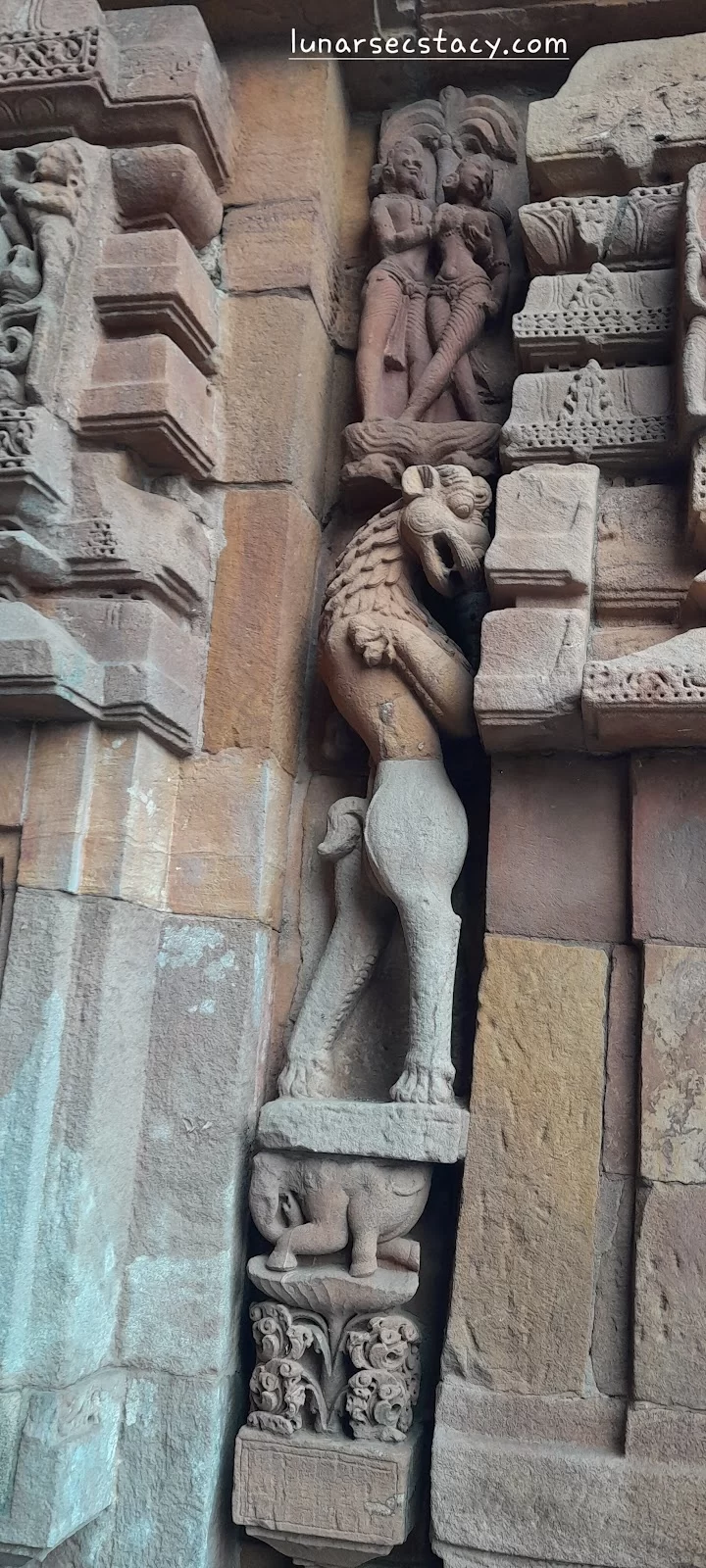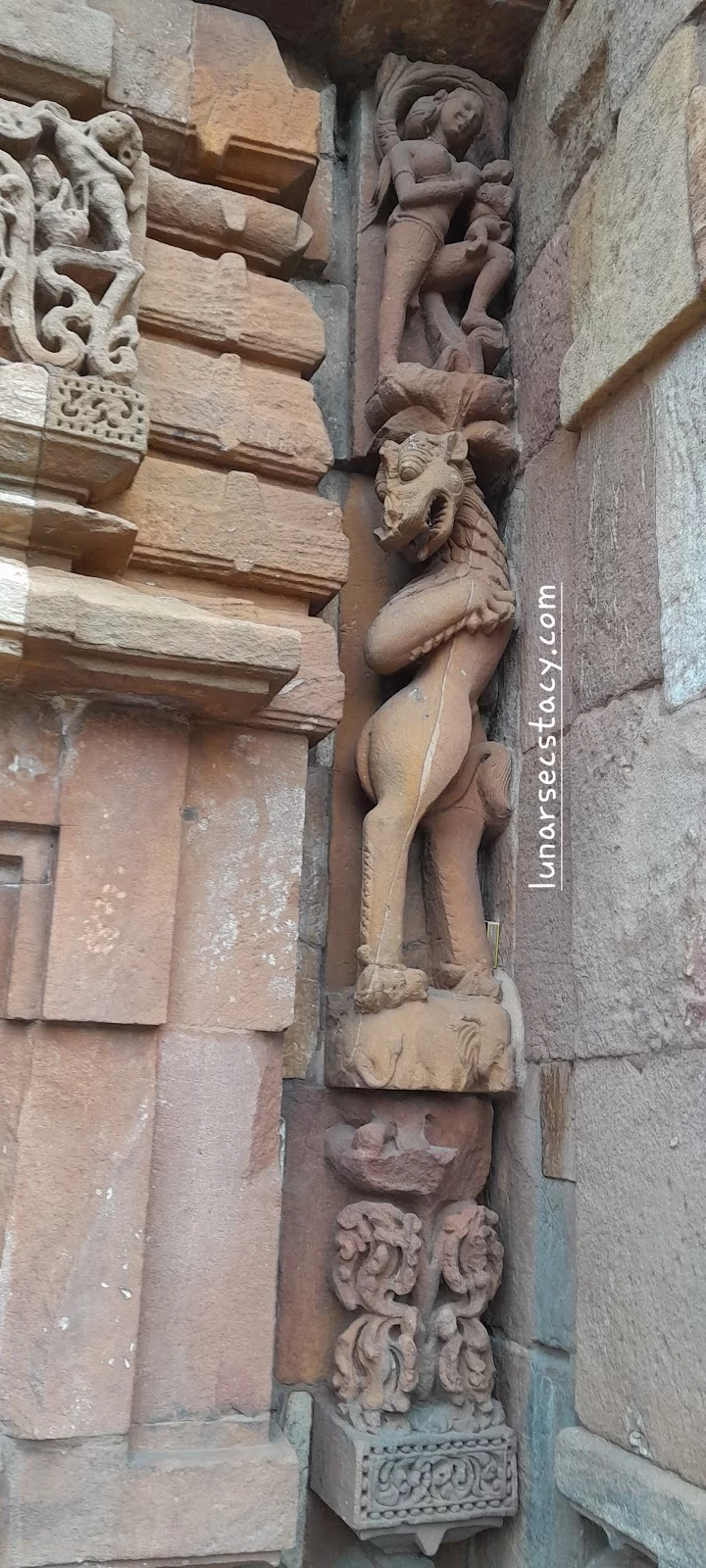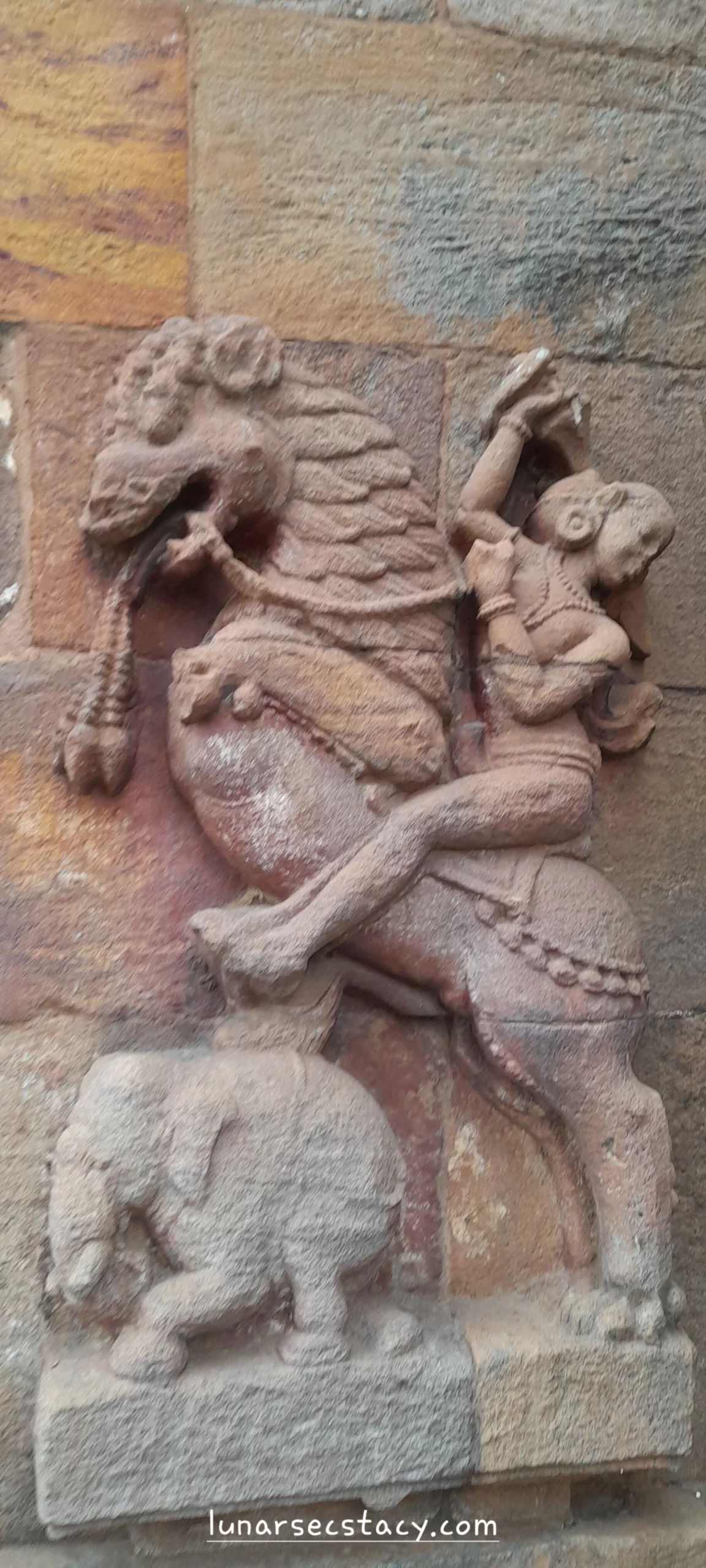Wonderful Bramheshwar Temple: FirstUse of Iron Beam Thousand Years Back
—————————-
Brahmeshwar Temple at Bhubaneshwar is atleast a thousand years old Hindu temple devoted to Lord Shiva . This temple is located in between Rajarani and Megheshwar temple alongside the Tankapani road of Bhubaneswar, Odisha, India. The Sculptures found here differ in size from a thumb size to lifesize figures. It is lavishly carved all around. This Hindu temple can be dated with reasonable precision by the utilisation of inscriptions that were initially on the temple wall. They are presently lost, however records of them ( saved in Kolkata by Archeological Survey of India) protect the data of around 1058 A.D.
The architectural exercises in the later periods were more concerned about elaboration than with innovation . The Pidha top of Jaganmohan is crowned by a total mastaka. The iron beams have been used as joints above the corbelled arches to support the huge monolithic rocks. The roof of the Jaganmohan is additionally adorned with sculptural embellishment however not generally so lavish as on Mukteshwar temple.
History and Origin
The temple was constructed in the eighteenth regnal year of the Somavamsi ruler Udyotakesari by his mother Kolavati Devi, which relates to 1058 CE. Here are some panels of sculpture found in Brahmeswar temple. This is a PANCHAYATANA temple having four smaller temples on four corners.



Iconography and Architecture
The Brahmeswara shows a considerable amount of similarity with the Mukteswar temple , For example, the cut inside of the Jagmohan ( Assembly Hall) and in the sculptural iconography . The lion head theme is plentiful all around the Brahmeswar temple.





There are a lot of developments, nonetheless, including the presentation of an incredible number of dancers, musicians and other artists . Some hold flutes, drums etc displayed on the outside walls. Probably since then, iron beams were used for temple construction. Because there is no evidence of the use of iron beams before that.
The carvings over the door jamb contain wonderful sculptures as well as flying figures. Like the Rajarani temple, there are sculptures of the eight Gods ( Asta digapal) known for watching the eight directions . . There are likewise a lot of tantric-related pictures, and even Chamunda shows up on the western side of the temple wall . Chamunda is seen holding a trident and a human skull and standing on a human corpse. Shiva and different other Gods ( not hundred percent identifiable) are likewise portrayed in their awful positions .








Chamunda standing on a corpse, holding a trident and a skull.. For details on Chamunda, you can refer to the following article.
Most probably there was no gender bias during that time. You can have a glance at the following sculptures. You can see the male and female warriors as well. Were they capable of domesticating lions and were using those lions during wars ???I don’t expect it to be a complete lion as the hindlimbs are nearly bigger like that of a pony.
Mythical creatures like this are found in different parts of the world. It is apparent that the presence of sculptures of mythical creatures were not confined to one particular part of the world. It is awe-inspiring and whoever happens to see these sculptures, keeps wondering about the possible perspectives…Are these mere fantasies of sculptors of those times or any concrete reason lying behind these mythical creatures which are yet to be explored ???



In this context, you may refer to the following two articles.
Devadasi Custom

The inscription of the temple says that dancing was an integral part of the temple rituals. Perhaps dancing was introduced as a part of temple rituals from that time onwards in the then Kalinga. It has been translated from the inscriptions that the queen Kolavati introduced numerous delightful ladies to the temple to perform dance in front of God. This has been assumed that this is the proof of the ‘Devadasi’ custom introduced during that time
There are several sculptures in the temple wall which are not readily identifiable…may be belonging to several other cults present during that time.
Please 🙏 never forget to give your candid opinions regarding the above mentioned issues…which can further facilitate a meaningful discussion.
You may go through the following article to have a better understanding about the distinctive Kalingan temple architecture , it’s gradual progression and several other features .
Dr. Manoj Mishra,lunarsecstasy@gmail.com
